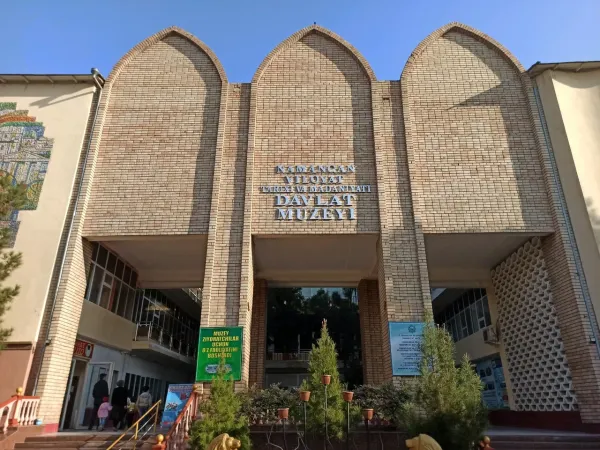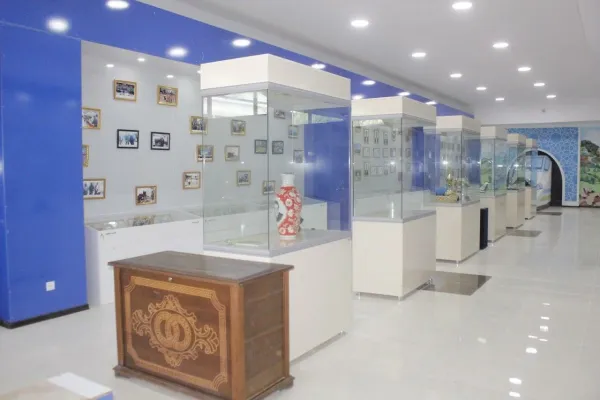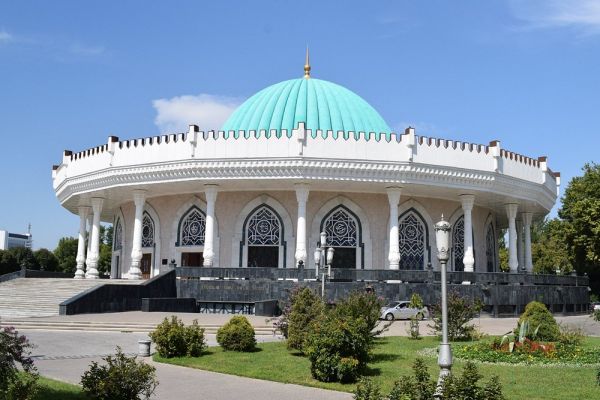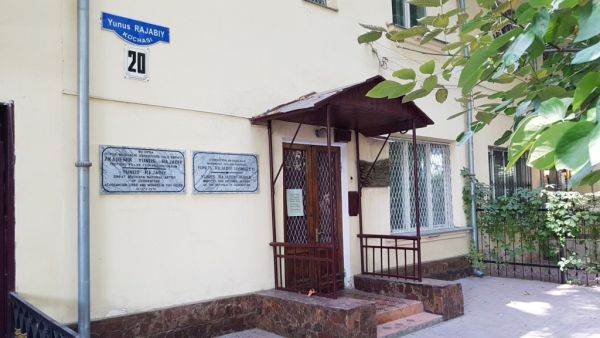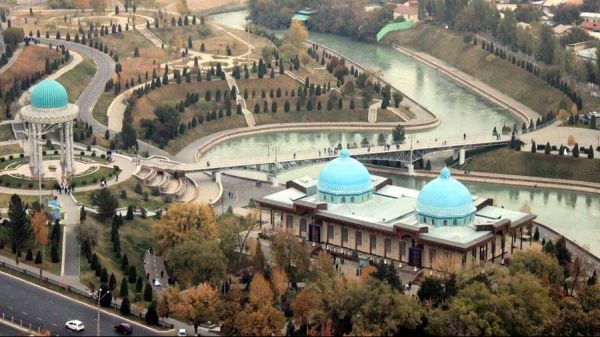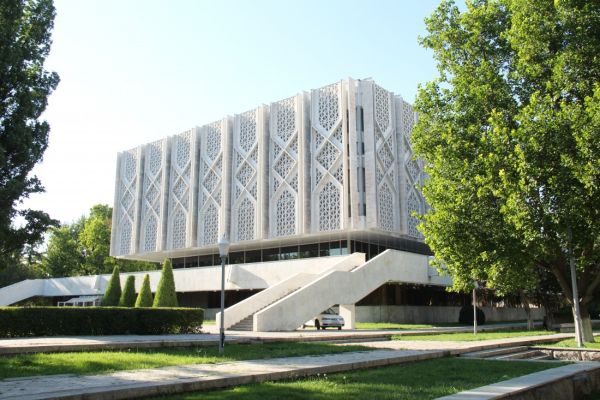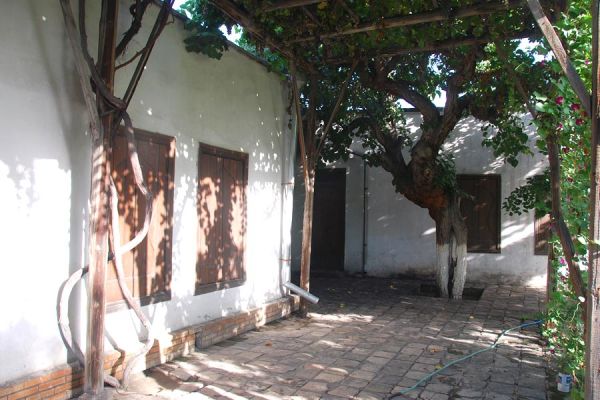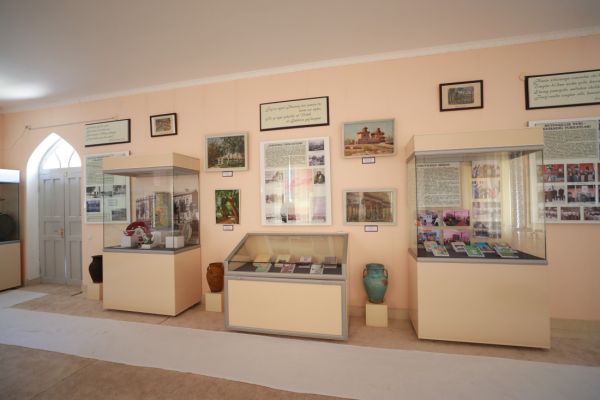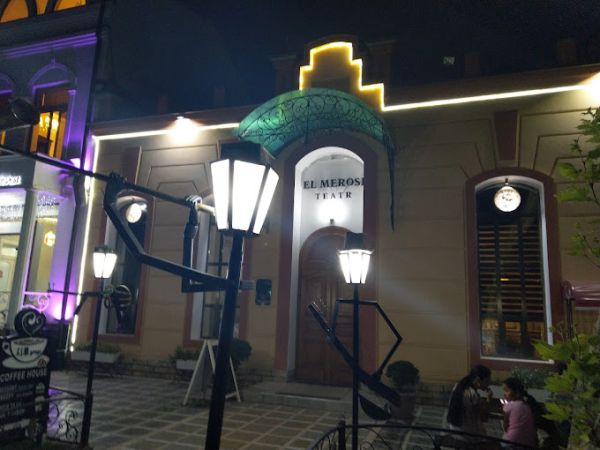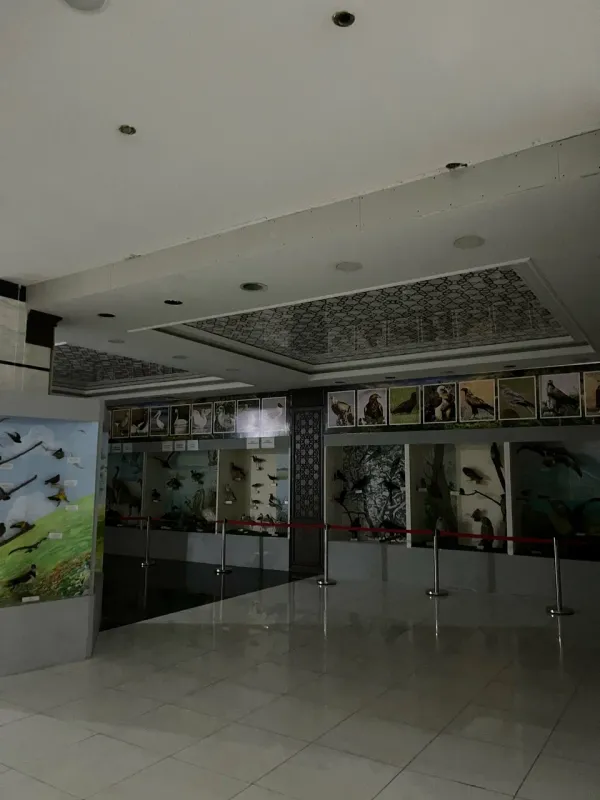The State Museum of History and Culture of Namangan region
Based on the Decree of the Council of People's Commissars of the Turkestan Republic dated April 19, 1918, the museum was allocated two rooms in the building of the 7-year-old Russian secondary school No. 1, which is under the jurisdiction of the Namangan City Department of Public Education, where it began its activity as a physics museum.
According to the decision of the Council of Elders of Turkestan dated August 20, 1920, in order to further expand the museum's activities, the building of merchant Hamdam Kalandarov's store in the center of Namangan was allocated for the museum. At the time of its creation, the museum was called the Namangan City Museum of Local Lore, after 1934 — the interdistrict museum.
By 1922, the number of museum exhibits had reached 2,000. The townspeople provided all possible assistance in collecting historical artifacts. By 1923, the museum had departments of zoology, mineralogy, anatomy, numismatics, and textbooks. In the period from 1920 to 1930, the museum regularly replenished its exhibition halls. Among the leaders, V. I. Ivanov in 1920-1927 and Inomjon Nizambayev in 1927-1937 made a great contribution to enriching the museum with new exhibits.
In 1938, the museum received the status of a regional museum, and was called the Namangan Regional Museum of Local Lore named after M. I. Ben-Geraria, in honor of the mountain-Jewish poet. Mikhail Isaevich Ben-Gerary was born in 1892 in Derbent in the family of Yashaige Ravinnovich. After studying in Poland, he returned to his country and worked as a teacher from 1915 to 1922. At the same time he wrote poetry and poetic dramas. Ben-Gerari is the editor of Kadima (Forward) and Shaharit (Dawn) newspapers, the first newspapers published by Shayari. In 1927, he published the textbook "Mountain Flower" for new schools. During this period, the museum had nine departments: the zoological department, the agricultural department, the departments of cotton growing, sericulture, the Department of agronomy and pest control, the Department of revolution, the art gallery, samples of sculpture and prints, the historical and archaeological department, the department of crafts.
In 1938, the museum was temporarily closed in order to refurbish the exhibition halls. In 1939, the departments of nature, history, and construction of socialism were established, which resumed their work after the completion of the equipping work. By 1940, the museum's collection had reached 10,000. It contained exhibits reflecting nature, historical monuments, architecture, applied arts, medicine, and the cultural life of our country. In 1941, due to the outbreak of the Second World War, the museum temporarily suspended its activities until 1943.
On September 8, 1943, the organizing Committee of the Supreme Council of Uzbekistan for the establishment of the Namangan region decided to reopen the Namangan Regional Museum of Local Lore. Since 1945, the regional Museum of Local Lore has resumed its work with 4 departments.
Since 1970, the museum's researchers have expanded their work on collecting ethnographic information and exhibits. As a result, a huge amount of information was collected about the people who led the Namangan region and showed heroism at the front. In 1971-1976 and 1978-1979, during the leadership of Ikromjon Akbarov, the achievements of the museum in previous years were taken into account, and in 1976 it was included in the second category of museums.
During the period of Khamidkhon Dadabayev's directorship in 1979-1986, the issue of building a new building adapted for the museum was on the agenda. Construction work began in 1986, and the building was completed by the end of 1987. The building has 3 floors, a total area of 53,201 m2, of which 1,700 m2 is exhibition space, 520 m2 are stock rooms. In 1987, during the leadership of Oktamjon Rustamov, the museum moved to a new building. On April 22, 1988, the grand opening of the new building on Nodim Namongony Street took place.
In 1998, it became one of the first category museums; work began on equipping the nature department on the second floor. A group of the regional association of artists, led by Tura Ashurov, decorated the exhibition halls, revealing the nature of the region. In the following years, the achievements of the scientific staff working under the leadership of Erkin Karaboev in equipping the nature department with dioramas and showcases related to nature, flora and fauna of the region, and various subjects were incomparable.
In 2004-2008, exhibition halls of history, ethnography, sports of Namangan region, the literary environment of Namangan, Namangan during the years of independence were equipped on the third floor in accordance with the requirements of the time based on the planned thematic and exposition plan. During these years, Candidates of Historical Sciences, associate professors Erkin Mirzaaliev, Latifa Akhmadalieva, specialist-historian Erkin Karaboev, Nigora Muminova showed great dedication in carrying out this work.
Since 2004, the demand for scientific activity has been increasing, and the museum staff has presented to the general public more than three thousand copies of books, brochures, and methodological guidelines reflecting the museum's activities, such as "Mirror of the History of Spirituality", "Secrets of Architectural Monuments of Namangan region", "Akhsikent", "Museum of Local Lore of Namangan region: Yesterday and Today today", "From the history of Namangan city", published in Namangan, Ferghana and Tashkent printing houses.
Based on the decree of the khakim of Namangan region dated June 15, 2012 No. 220, the Museum of the History of the Kasansai region (in 1980-1995 it was named the Museum of History, Labor and Military Glory, in 1996-2012 the National Museum of the Kasansai region, in 2012-2017 the Kasansai Regional Museum of Local Lore) was joined to the State Museum of History and Culture of Namangan region as a branch.
In 2017, by Resolution of the Cabinet of Ministers of the Republic of Uzbekistan No. 975 dated December 11, 2017, the museum was renamed the State Museum of History and Culture of Namangan Region.







